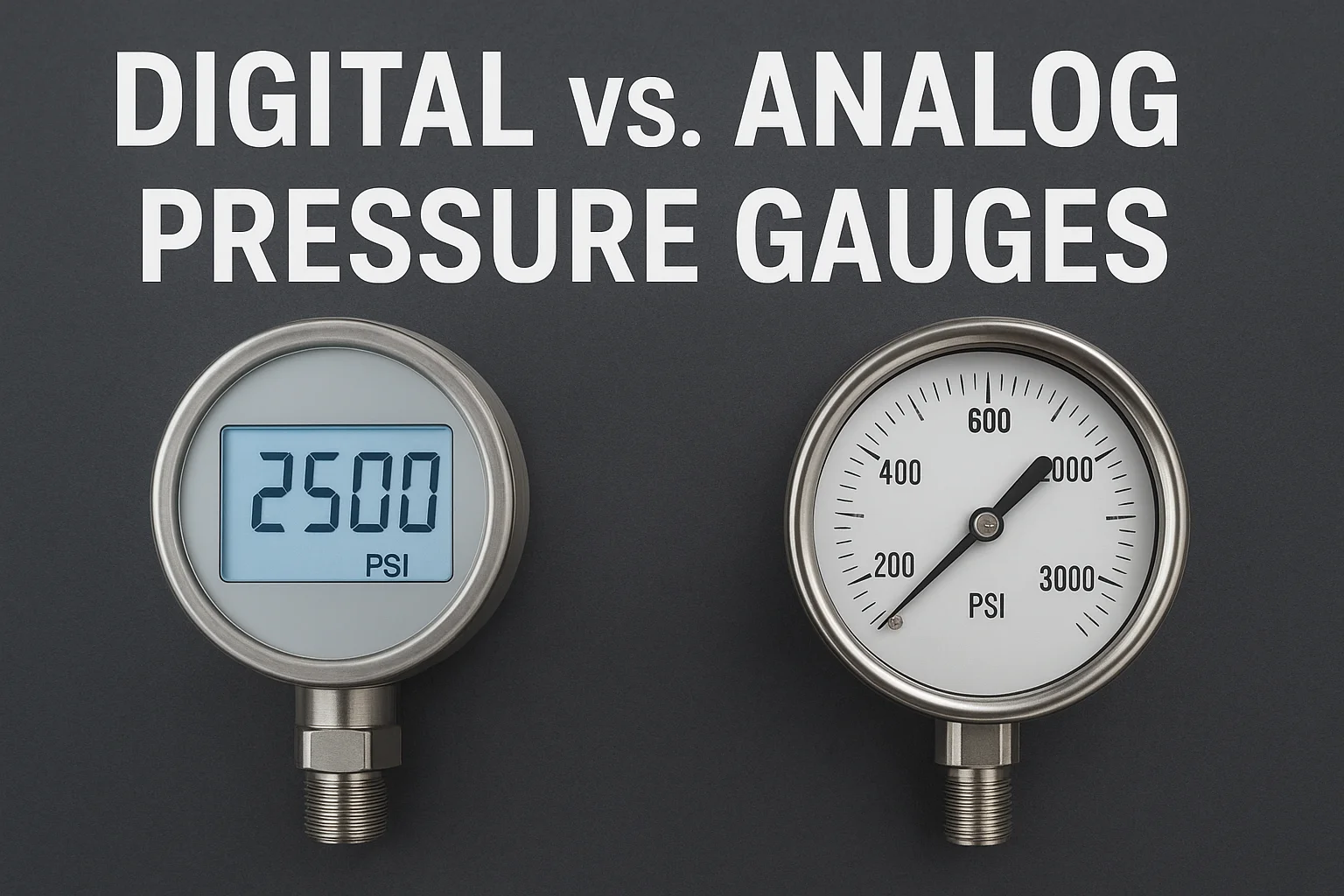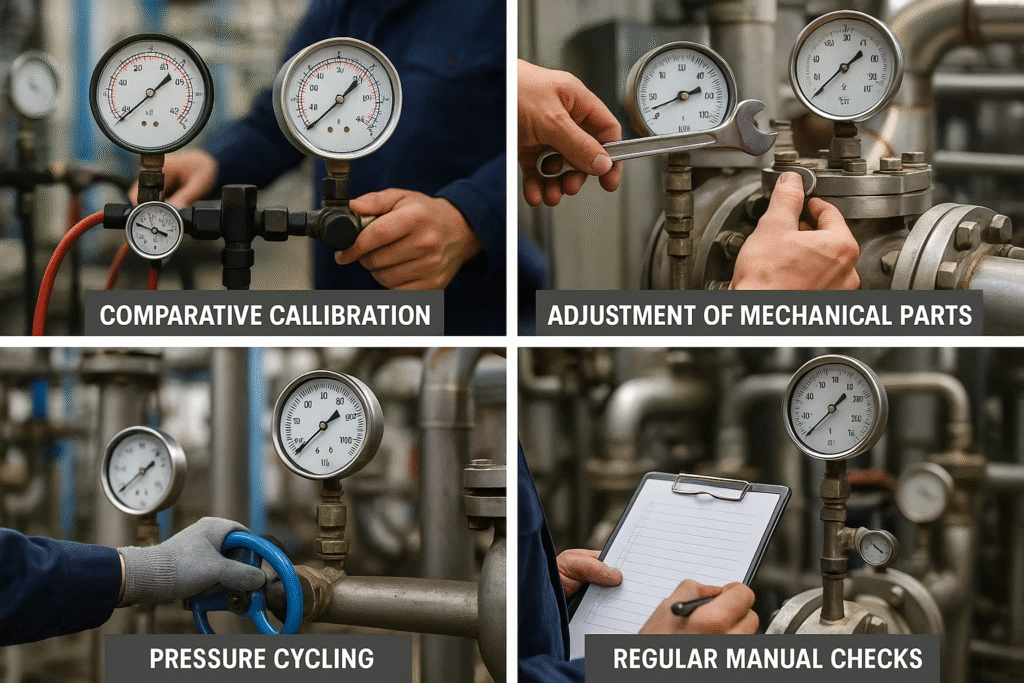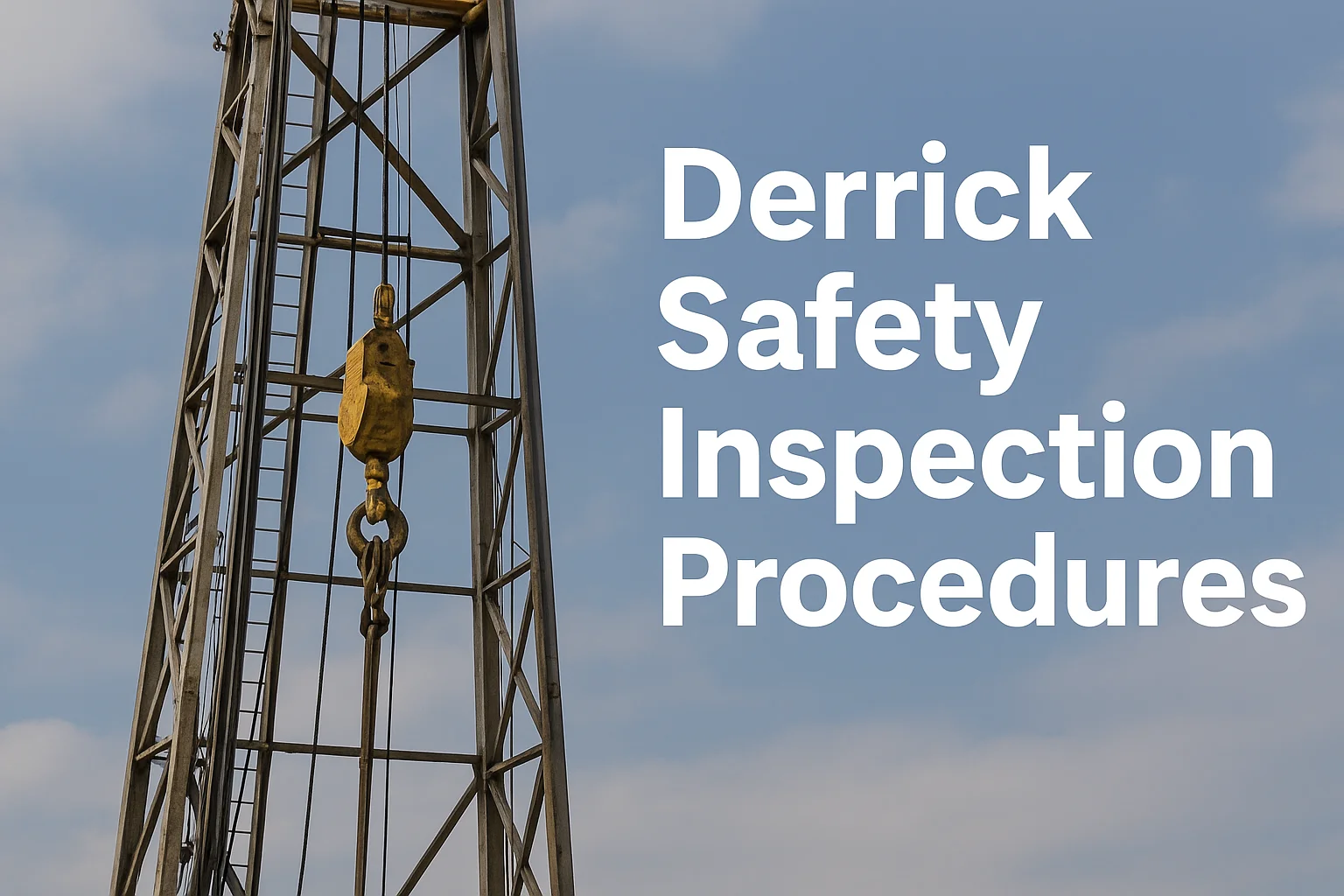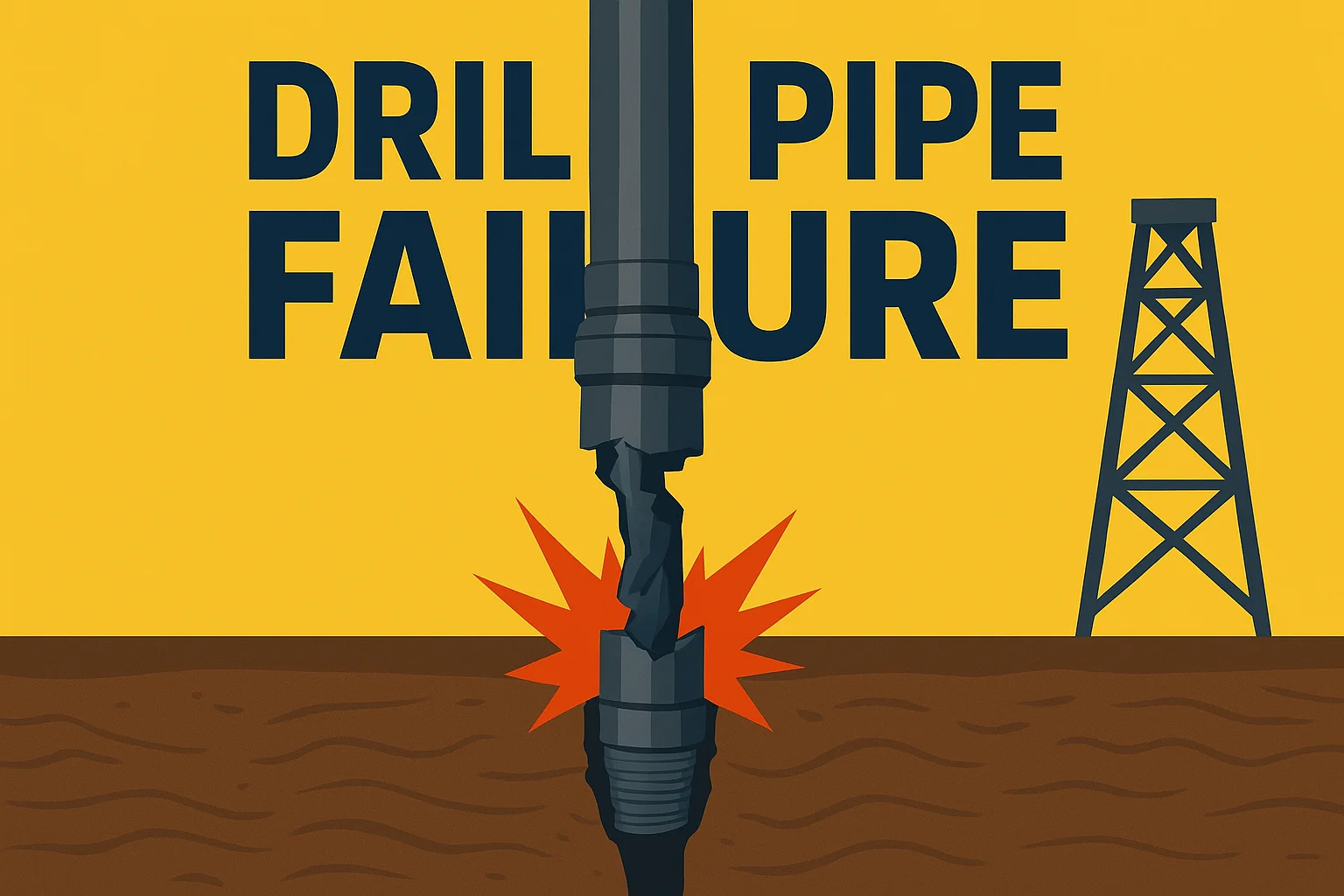Inspections Track Software For Oil and Gas Inspection Industry

In oil and gas operations, pressure gauges are more than just instruments—they are essential tools that safeguard efficiency and safety. A small calibration error can cause downtime, equipment failure, or even safety hazards. That’s why choosing the right gauge and applying accurate calibration techniques is crucial.
In this article, we compare digital vs analog pressure gauges, highlight calibration practices, and explain how modern tools like InspectionsTrack software streamline the inspection and maintenance process.
Calibration ensures that gauges provide precise readings. Without it, operators risk:
In short, calibration is not optional—it’s an operational necessity.
Digital gauges have gained popularity due to their accuracy and convenience.

Analog gauges are still widely used in oil and gas due to their simplicity and reliability.

Here’s a side-by-side look at how digital and analog gauges differ in calibration practices:
| Feature/Aspect | Digital Gauge Calibration | Analog Gauge Calibration |
|---|---|---|
| Accuracy | High, often ±0.1% of full scale | Moderate, typically ±1-2% |
| Ease of Use | User-friendly, software-assisted | Requires skilled manual calibration |
| Data Logging | Automatic, exportable | Manual record-keeping |
| Durability in Field | Sensitive to extreme environments | Highly durable and rugged |
| Compliance Tracking | Integrated with inspection software | Requires additional documentation |
In industries like oil and gas, manual calibration records are often time-consuming and error-prone. That’s where InspectionsTrack software adds value:

When dealing with pressure gauges in oil and gas operations, follow these best practices:
Read more : how can i calibrate a pressure gauge
Both digital and analog pressure gauges play a vital role in oil and gas operations, but their calibration approaches differ significantly. Digital gauges offer unmatched precision and integration with inspection software, while analog gauges remain reliable in rugged conditions.
By combining robust calibration techniques with modern tools like InspectionsTrack software, companies can reduce downtime, ensure compliance, and maintain a safer work environment.
Read more : reducing downtime with proper lifting gear maintenance oil and gas
Most gauges should be calibrated every 6–12 months, depending on usage and operating conditions. Critical gauges may require more frequent checks.
Digital pressure gauges generally offer higher accuracy (±0.1% of full scale), while analog gauges are less precise but more rugged in harsh environments.
Yes, InspectionsTrack software supports both types by automating record-keeping, sending calibration reminders, and generating compliance reports.

Keeping derricks safe is not optional—it’s a critical responsibility for every drilling operation. Because derrick structures face constant load, vibration, and extreme environments, even a minor oversight can lead to costly downtime or major safety…

Drill pipe failure is one of the costliest and most dangerous issues in the oil and gas industry. When a pipe fails, the entire drilling operation can stop instantly, leading to safety risks, equipment loss,…
SkySoft Connections provides quality IT services around the globe. Our services begin with experience and end with dedication, ensuring innovation and reliability
© Copyrights, 2024 All Rights Reserved Skysoftconnections
Contact us
Get notified about new articles
Comments (2)
Common Tank Inspection Mistakes & Fixes - inspectiontrack
Oct 07, 2025[…] Read more : digital vs analog pressure gauges calibration techniques […]
How to Test and Maintain Your Pressure Relief Valve (PRV) - inspectiontrack
Oct 08, 2025[…] Read more : digital vs analog pressure gauges calibration techniques […]
Comments are closed.